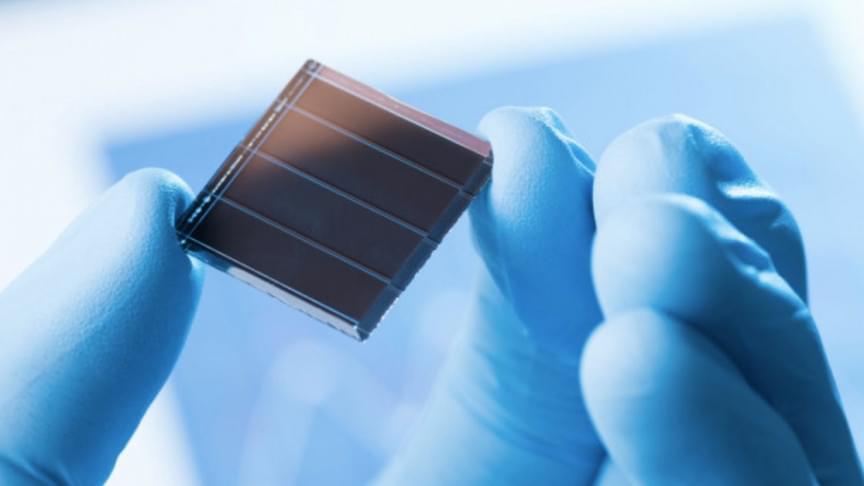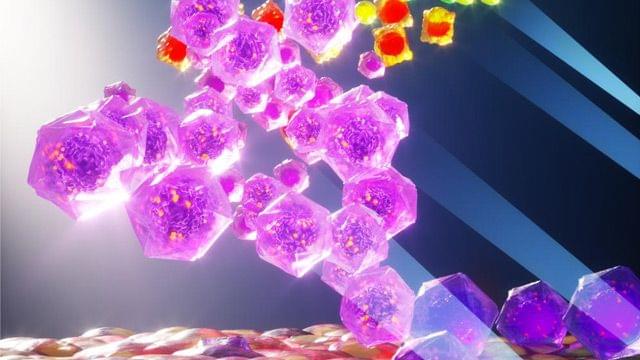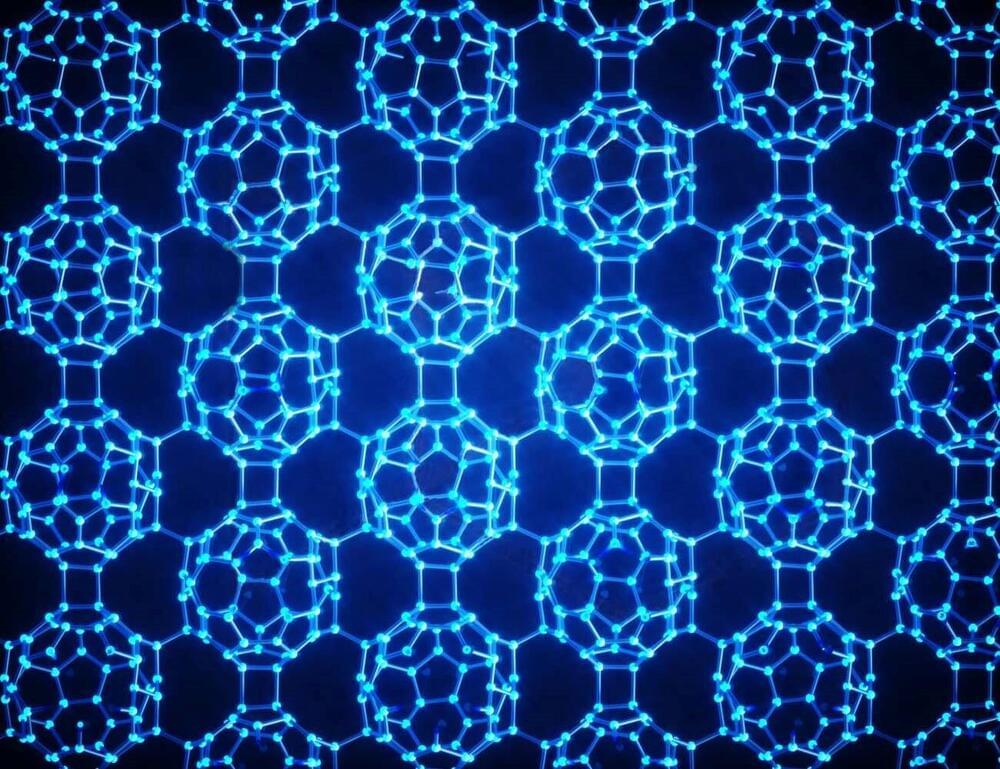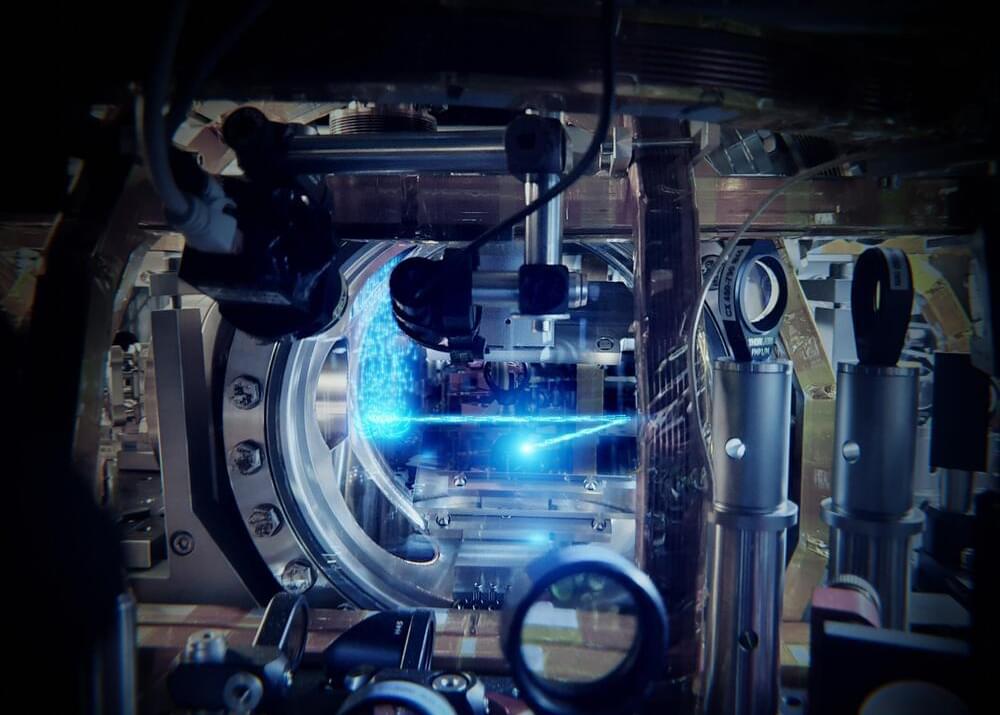SpaceX has already launched around 2,000 satellites for its Starlink internet service and is now prepared to take it to the next level. Elon Musk has announced that the company will turn on laser inter-communication between satellites to dramatically reduce latency.
Charging technology provider EV Safe Charge has unveiled ZiGGY – a mobile robot that can charge an EV wherever it’s parked. Through its ability to recharge itself via different energy sources and its summoning feature, ZiGGY can alleviate the need to install specific parking stalls for EV charging, as any spot can now become a spot to recharge.
EV Safe Charge currently provides end-to-end charging solutions, particularly as it pertains to mobile charging. The company created a mobile rental charging solution for the launch of Jaguar’s I-PACE EV and works with several other OEMs like Audi, Mercedes-Benz, Nissan, Porsche, and Stellantis.
Previously, EV Safe Charge has helped find its clients ideal charging solutions based on their needs, recommending charging technology from a multitude of partners including ABB, Enel X, evconnect, and Bosch.
Everything is about to be illuminated.
A team of researchers from Imperial College London and Newcastle University has just observed what happens after light strikes solar cells.
The researchers employed a cutting-edge technique to analyze organic photovoltaic (OPV) materials that harvest the sunlight to generate electricity and peered into the first fractions of a second after light meets the cells, a press release states.
For plans to establish a human settlement on the Moon, finding water is crucial. This data will provide insights into how to look for more on the Moon.
Researchers from Wake Forest University School of Medicine have discovered a possible new approach in treating solid tumors through the creation of a novel nanoparticle. Solid tumors are found in cancers such as breast, head and neck, and colon cancer.
In the study, Xin Ming, Ph.D., associate professor of cancer biology at Wake Forest University School of Medicine, and his team used a nanoparticle to deliver a small molecule called ARL67156 to promote an anti-tumor immune response in mouse models of colon, head and neck, and metastatic breast cancer, resulting in increased survival.
The study is published online in the journal Science Translational Medicine.
The macula is part of the eye’s retina, which is the light-sensitive tissue mostly composed of the eye’s visual cells: cone and rod photoreceptor cells. The retina also contains a layer called the retinal pigment epithelium (RPE), which has several important functions, including light absorption, cleaning up cellular waste, and keeping the other cells of the eye healthy.
The cells of the RPE also nourish and maintain the eye’s photoreceptor cells, which is why one of the most promising treatment strategies for age-related macular degeneration is to replace aging, degenerating RPE cells with new ones grown from human embryonic stem cells.
Scientists have proposed several methods for converting stem cells into RPE, but there is still a gap in our knowledge of how cells respond to these stimuli over time. For example, some protocols take a few months while others can take up to a year. And yet, scientists are not clear as to what exactly happens over that period of time.
A new peer-to-peer botnet named Panchan appeared in the wild around March 2022, targeting Linux servers in the education sector to mine cryptocurrency.
Panchan is empowered with SSH worm functions like dictionary attacks and SSH key abuse to perform rapid lateral movement to available machines in the compromised network.
At the same time, it has powerful detection avoidance capabilities, such as using memory-mapped miners and dynamically detecting process monitoring to stop the mining module immediately.
Synthetic carbon allotropes are fascinating for their outstanding properties and potential applications. Scientists have devoted decades to synthesizing new types of carbon materials. However, a two-dimensional fullerene, which possesses a unique structure, has not been successfully synthesized until now.
A research group led by Prof. Zheng Jian from the Institute of Chemistry of the Chinese Academy of Sciences (ICCAS) developed a new interlayer bonding cleavage strategy to prepare a two-dimensional monolayer polymeric fullerene.
The researchers prepared magnesium intercalated C60 bulk crystals as the precursor to the exfoliation reaction. They then utilized a ligand-assisted cation exchange strategy to cleave the interlayer bonds into bulk crystals, which led to the bulk crystals being exfoliated into monolayer nanosheets.
Lasers produce coherent waves of light: All the light inside a laser vibrates completely in sync. Meanwhile, quantum mechanics tells us that particles like atoms should also be thought of as waves. As a result, we can build “atom lasers” containing coherent waves of matter. But can we make these matter waves last, so that they may be used in applications? In research that was published in Nature this week, a team of Amsterdam physicists shows that the answer to this question is affirmative.
Getting bosons to march in sync
The concept that underlies the atom laser is the so-called Bose-Einstein Condensate, or BEC for short. Elementary particles in nature occur in two types: fermions and bosons. Fermions are particles like electrons and quarks—the building blocks of the matter that we are made of. Bosons are very different in nature: they are not hard like fermions, but soft: for example, they can move through one another without a problem. The best-known example of a boson is the photon, the smallest possible quantity of light. But matter particles can also combine to form bosons—in fact, entire atoms can behave just like particles of light. What makes bosons so special is that they can all be in the exact same state at the exact same time, or phrased in more technical terms, they can “condense” into a coherent wave. When this type of condensation happens for matter particles, physicists call the resulting substance a Bose-Einstein Condensate.
NASA really doesn’t want SpaceX’s Starship to blow up on the launch pad at the agency’s Kennedy Space Center in Cape Canaveral, Reuters reports — a potential disaster so severe it could cut off the United States from accessing the International Space Station.
The facilities in question, Launch Complex 39A, served as NASA’s “Moonport” to deliver astronauts to the lunar surface during the Apollo program. Now, it’s the only launch pad capable of sending astronauts to the ISS — on board SpaceX’s much smaller Crew Dragon spacecraft — from US soil.
Now, SpaceX wants to pick up where NASA left off in the 1970s and return astronauts to the Moon in the upcoming years with its nearly 400-feet-tall Starship and Super Heavy booster stack. But the risk catastrophe, it terms out, is palpable.









